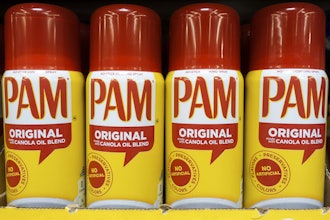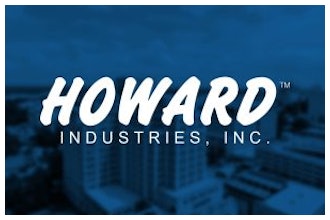By LINDSEY COBLENTZ, Associate Editor, Food Manufacturing
Farm fresh is all the rage these days, and phrases like “certified organic” are the buzzwords of foodies who desire the healthiest, purest forms of produce. While the natural food craze is mainly harmless — and even good for you — the growing popularity of raw milk is sending scores to the hospital — all in the name of good health.
Unpasteurized milk is touted by fans as a “cure-all” for conditions such as lactose intolerance, tooth decay, autism and even cancer. However, none of these benefits have actually been proven by scientific evidence.
What has been confirmed about raw milk is its ability to carry a host of dangerous bacteria, including Brucella, Campylobacter, Listeria, Salmonella and E. coli, just to name a few. These bacteria can cause illnesses as mild as a stomach ache or so virulent they result in hospitalization or even death. According to the Center for Disease Control and Prevention (CDC), there were 85 outbreaks of human infections resulting from raw milk consumption reported from 1998 to 2008, including 1,614 reported illnesses, 187 hospitalizations and two deaths.
So why are people still drinking it?
According to Bill Marler, food safety advocate and contributor to the website www.realrawmilkfacts.com, proponents of raw milk really do believe it can prevent certain diseases like those mentioned above, despite the lack of concrete evidence. “These claims are mostly based on testimonials or anecdotal stories,” says Marler.
Unpasteurized milk aficionados also hold that raw milk is more nutritional than its pasteurized counterpart. Again, this is simply not true. If you look at a bottle of commercial raw milk and a bottle of organic pasteurized milk, Marler says the nutritional content is very similar.
Even so, many cling to the health claims of raw milk, even feeding it to their young children. According to Marler, several children in recent years have become severely ill and have nearly died from raw milk contaminated with E. coli O157:H7. No illnesses from E. coli O157:H7 due to pasteurized milk have been reported in the United States.
Some favor raw milk as retaliation against mass production in the agriculture industry and see it as a way to support local farmers. Marler says, “Raw milk fills a niche for those seeking unprocessed dairy products from animals raised humanely without antibiotics or hormones.”
This may be true, but there are safer ways to support local agriculture. Buying locally grown organic fruit and vegetables is much less risky than playing Russian roulette with a bottle of untreated milk and hoping it isn’t the one infected with Salmonella.
A large part of the raw milk debate is about individual rights. If people have the right to order a steak rare or undercook their eggs, shouldn’t they have the right to purchase unpasteurized milk if they want? Probably. The issue is that almost everyone has been educated on the hazards of raw meat and eggs, but not many know the facts about the risks and benefits of raw milk.
That’s where Real Raw Milk Facts comes in. The website seeks to inform consumers and make raw milk sales “as safe as humanly possible.” Marler’s recommendations include selling raw milk only on regularly inspected farms certified by the state and requiring farms to have insurance coverage sufficient to cover potential damages incurred by customers. According to Marler, raw milk should not be sold in grocery stores or across state lines because “the risks of mass production and transportation are too great.” He also suggests a warning label similar to the one below be put on all raw milk products:
"WARNING: This product has not been pasteurized and may contain harmful bacteria (not limited to E. coli O157:H7, Campylobacter, Listeria and Salmonella). Pregnant women, infants, children, the elderly and persons with lowered resistance to disease (immune compromised) have the highest risk of harm, which includes Diarrhea, Vomiting, Fever, Dehydration, Hemolytic Uremic Syndrome, Guillain-Barre Syndrome, Reactive Arthritis, Irritable Bowel Syndrome, Miscarriage, or Death, from use of this product."
If you saw that label on an item, would you buy it? Of course, another warning label hasn’t stopped consumers from purchasing another controversial product — cigarettes. Obviously, cigarettes are not a food product and are widely known to be a health risk, having been proven to cause their own list of fatal illnesses, from heart disease and stroke to lung cancer. But when it comes down to it, a violent bout of E. coli could kill you faster than cancer.
The main point is that consumers should educate themselves on the risks and benefits of raw milk before making a purchasing decision. Like Marler says, if a product’s claims sound too good to be true, it’s a good idea to be skeptical, especially when it comes to your health.
What’s your take? Let me know by e-mailing [email protected].






















